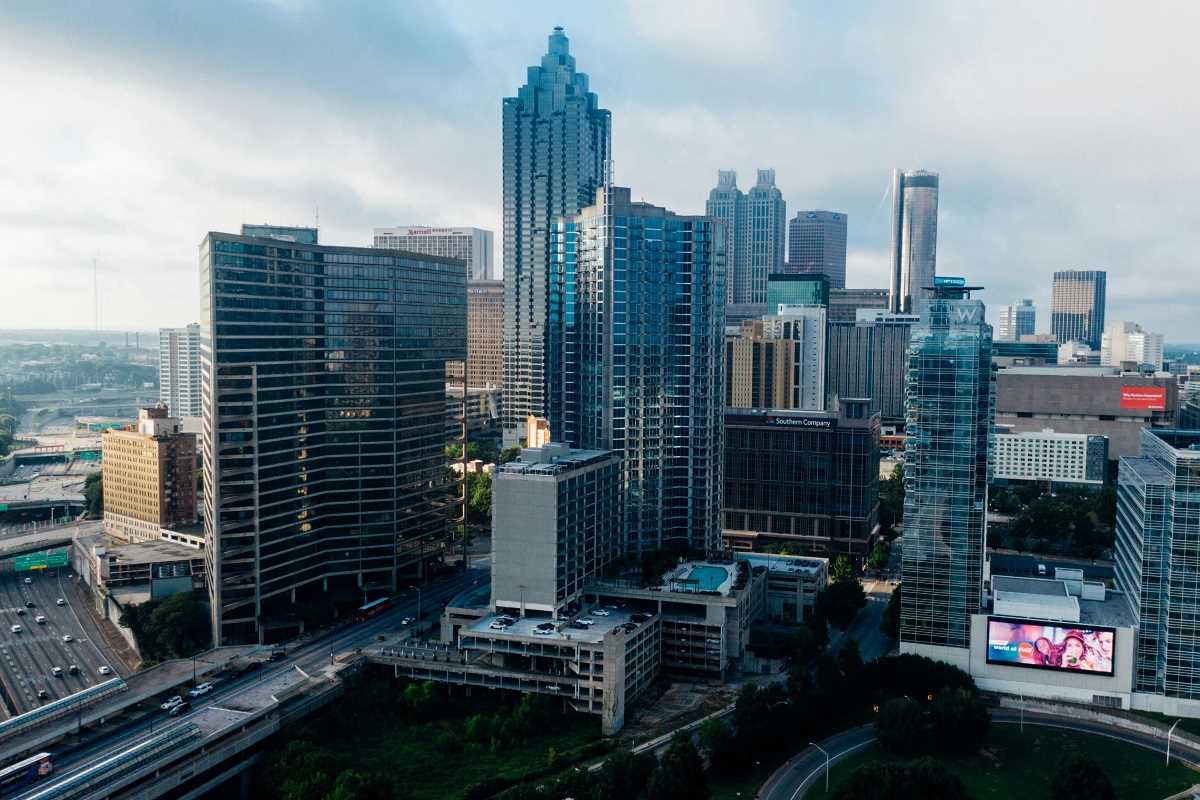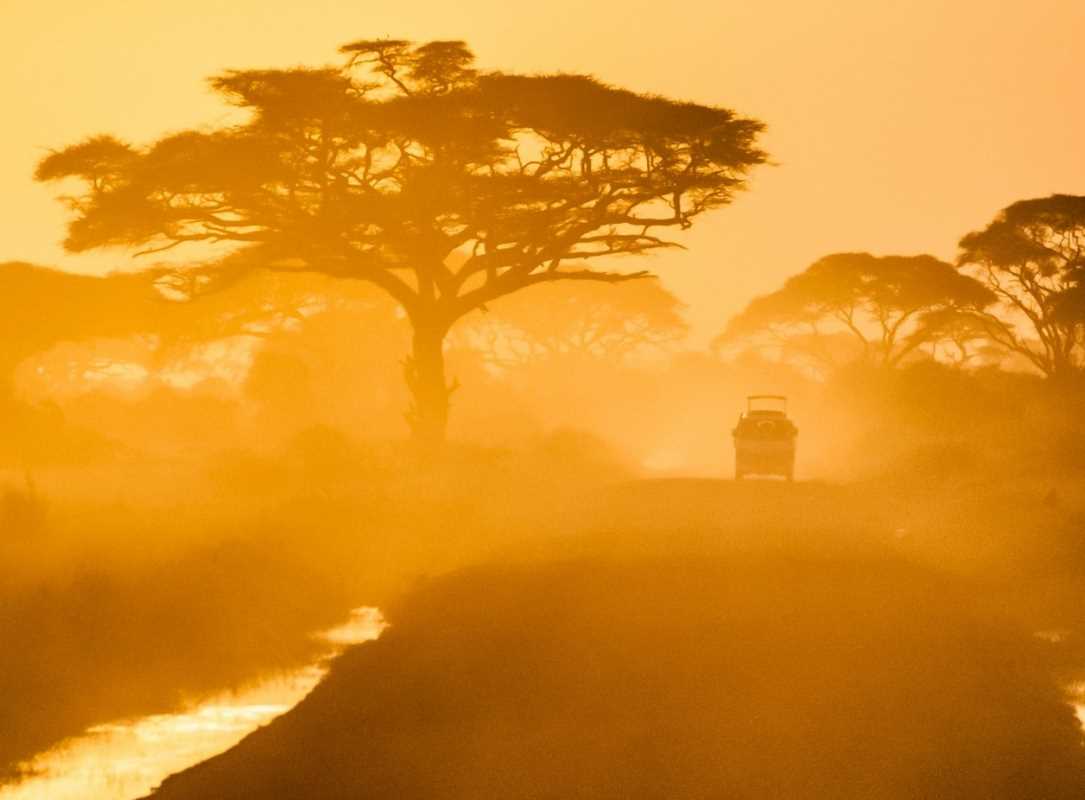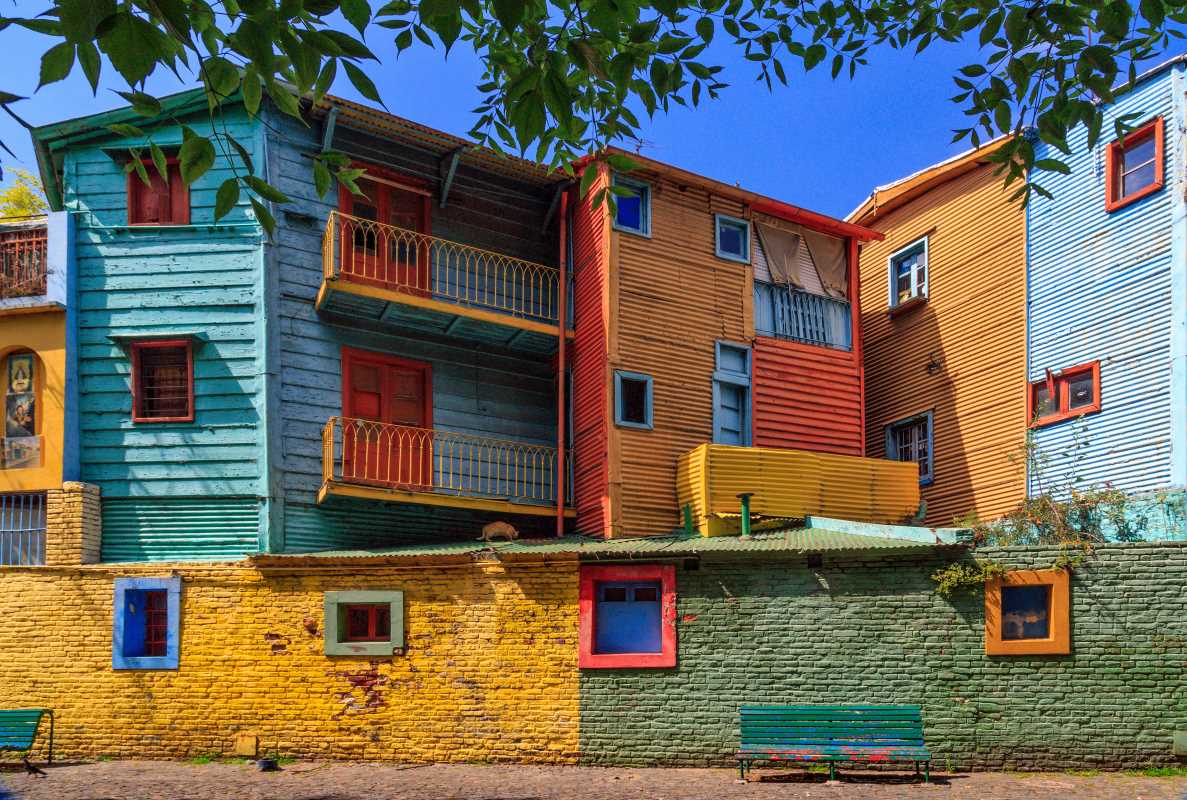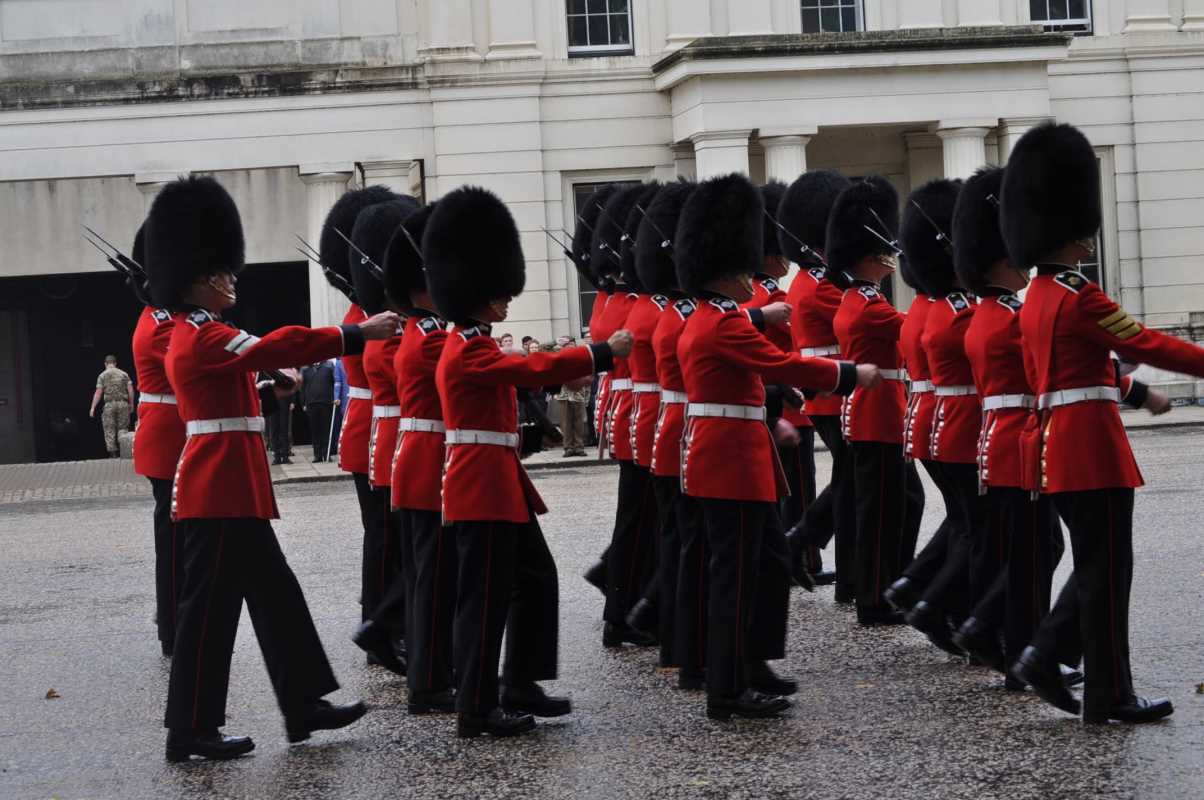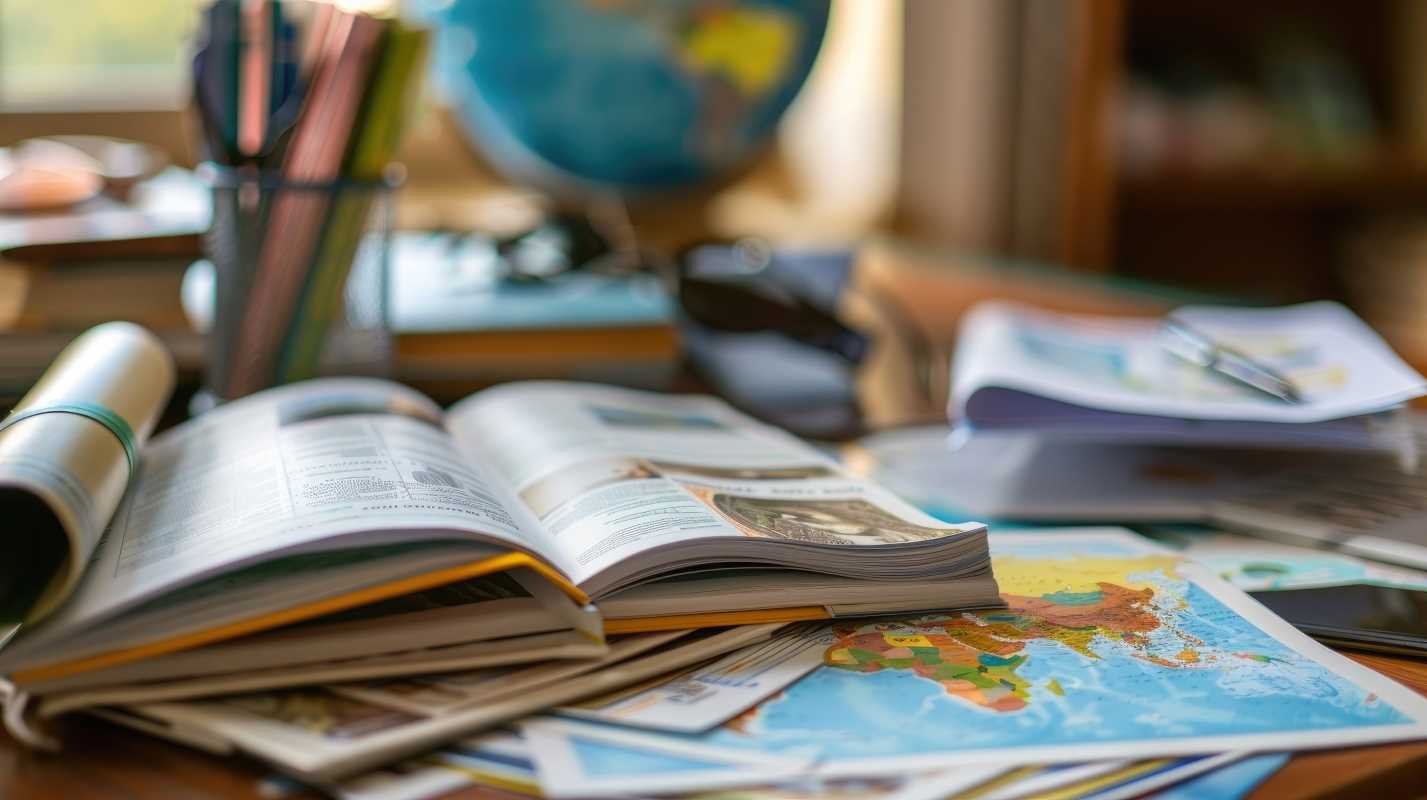Imagine walking into a natural gallery of intricate artwork that has endured for thousands of years. Picture the walls adorned with vivid depictions of culture and life by one of the world’s oldest continuous societies. This is what awaits you in Australia’s breathtaking Kimberley region. Visiting these ancient rock art sites gives you a peek into the stories, traditions, and spirits of Australia’s Indigenous peoples. Whether you're captivated by history, intrigued by nature, or seeking adventure, rock art tours in this rugged landscape offer an unforgettable experience. Here's what makes the Kimberley’s rock art special, how you can plan your visit, and what to expect along the way.
Why Kimberley Rock Art Is Remarkable
The Kimberley, located in the remote northwestern corner of Australia, is home to some of the oldest and most significant rock art in the world. Two key styles dominate this region's ancient masterpieces: the Wandjina and Gwion Gwion (formerly known as Bradshaw paintings).
The Gwion Gwion paintings, which are estimated to be between 12,000 to 17,000 years old, represent an earlier era of artistic expression. They depict slender, dynamic human figures adorned with tassels, sashes, and intricate headwear, showcasing ceremonial or daily life. Remarkably detailed, these artworks reveal the sophistication and creativity of an ancient culture.
The Wandjina paintings, more recent by comparison, date back about 3,500 years. These striking images portray the spirits of rain and clouds, central figures in the creation stories of the Wunambal and Ngarinyin peoples. With halo-like headdresses and an otherworldly presence, these figures hold deep spiritual significance, even today.
Both styles are incredibly preserved thanks to Kimberley’s natural rock shelters. What makes these artworks truly special is their connection to Indigenous communities. These paintings aren’t relics of a forgotten past, but living heritage still celebrated and protected by their custodians.
What You’ll Experience on a Kimberley Rock Art Tour
Joining a rock art tour means stepping back in time. Typically led by experienced guides, often Indigenous locals, these tours take you beyond simply “looking” at the art. The guides share rich stories about the Wandjina and Gwion Gwion, giving deeper context to the imagery and their enduring significance.
Getting There
Many rock art sites in the Kimberley are tucked away in remote locations, accessible only by 4WD vehicles, boats, or even helicopters. Each mode of travel comes with its own sense of adventure. Imagine cruising along a winding river or flying over sandstone cliffs, eventually reaching a hidden gallery carved by time.
The Journey to the Art
Reaching the rock art sites often involves a bit of adventure. You might find yourself hiking through rugged terrain, traversing gorges, or climbing rocky escarpments. While the paths can range from easy strolls to challenging treks, the effort pays off. Standing in front of a Gwion Gwion painting, knowing it predates the Egyptian pyramids, is humbling. Similarly, viewing a vivid Wandjina spirit brings a profound sense of connection to nature and culture.
Tour Options
Tours in the Kimberley vary in duration and difficulty. Single-day excursions usually focus on easily accessible sites, while multi-day trips offer opportunities to explore remote, rarely seen locations. Whether you’re a casual traveler or an adventurous explorer, there’s a tour suited to your comfort level.
Best Time to Visit the Kimberley
The Kimberley’s dramatic seasons play a big role in planning your visit. The dry season, from April to October, is the best time to head to this remote region. During these months, temperatures are warm but manageable, and the roads and tracks leading to the rock art sites are navigable. May through August is considered the peak period, as the weather is cooler and the skies are clear.
On the other hand, the wet season (November to March) transforms the landscape with lush greenery and striking waterfalls. While the scenery is incredible, heavy rains can make many areas inaccessible. If you’re set on visiting hidden sites, stick to the dry season for a smoother experience.
Practical Tips for Your Rock Art Adventure
What to Pack
To fully enjoy your Kimberley adventure, pack essentials suited for the terrain and climate:
- Sturdy footwear for hikes or uneven ground.
- Water bottles to stay hydrated in the heat.
- Sun protection including a hat, sunscreen, and sunglasses.
- Bug spray, as insects can be a nuisance.
- Camera or sketchpad to capture the breathtaking scenes (when permitted).
Respecting the Sites
These rock art sites hold great cultural and spiritual importance for the Indigenous peoples of the Kimberley. Always follow your guide's instructions, never touch the paintings, and ask for permission if you wish to take photographs. Showing respect goes a long way in preserving this heritage for future generations.
Beyond the Art
While the rock art is undoubtedly mesmerizing, there’s much more to explore in the Kimberley. This vast region features awe-inspiring landscapes, from the towering cliffs of the Bungle Bungle Range to the cascading Mitchell Falls. Many multi-day tours combine rock art visits with other activities like gorge cruising, bushwalking, and even stargazing under skies unspoiled by city lights.
For a truly immersive experience, consider staying in eco-friendly accommodations or campsites, where you can admire the region’s natural beauty both day and night.
Traveling to the Kimberley requires effort and planning, but the rewards are unmatched. Every painting tells a story deeply connected to the land and its custodians. Add it to your bucket list, and prepare to walk in the footsteps of ancient Australians while basking in the splendor of their timeless creations.
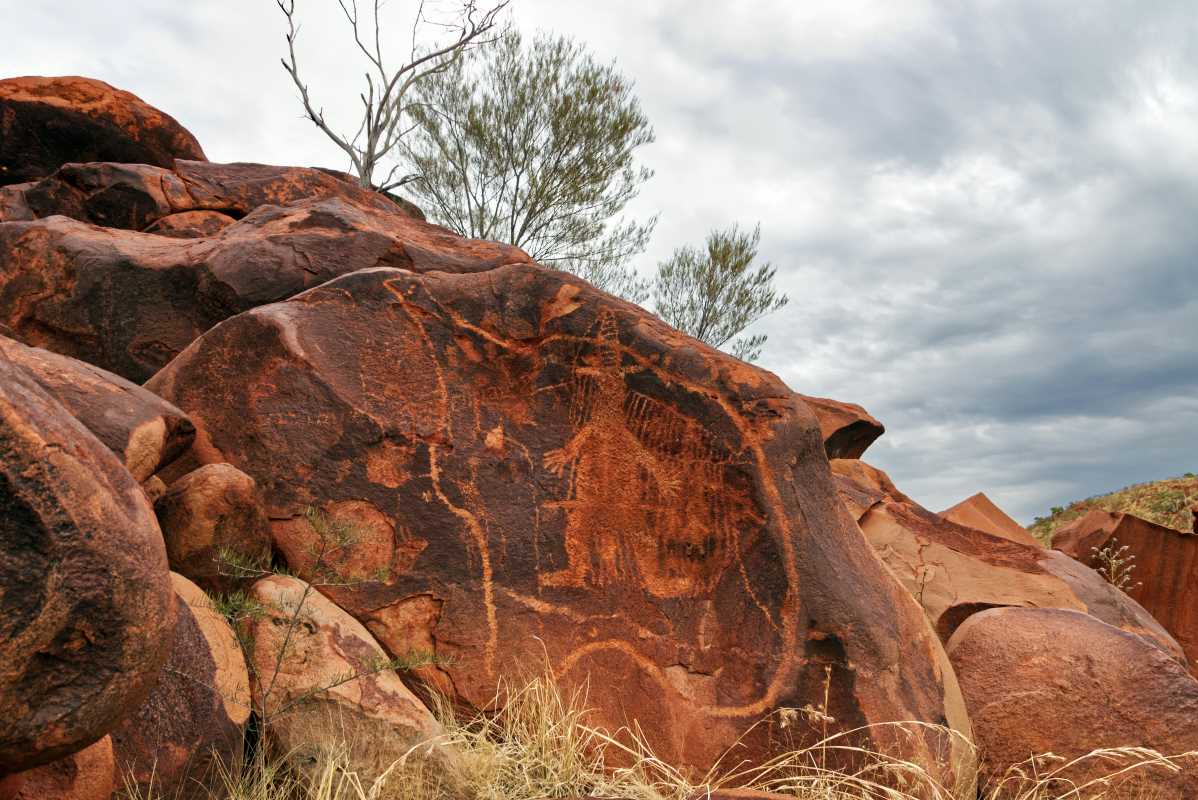 (Image via
(Image via